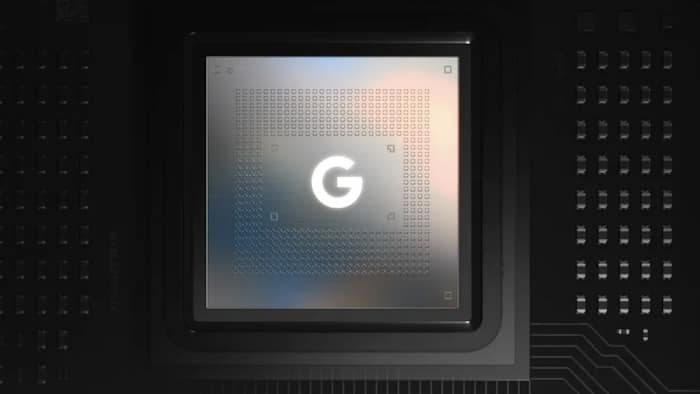
Written By Madhav Malhotra
Published By: Madhav Malhotra | Published: Jun 25, 2025, 12:21 PM (IST)


Google’s Pixel series has always lacked in terms of raw performance with their Tensor chips. But, now the Pixel 11 series could be changing this with a huge upgrade. A new report out of Taiwan suggests that the next-generation Tensor G6 chip will be built using TSMC’s groundbreaking 2nm process. If confirmed, this would mark a huge step forward for Google’s in-house silicon and could give it an edge over Apple and Qualcomm. Also Read: Google Launches Pixel Upgrade Program In India, Upgrade Every Year From Rs 3,333: How It Works
Google has already been rumoured to drop Samsung Foundry for TSMC with the Tensor G5. This means that the new Tensor G5 that will power the Pixel 10 will be using TSMC’s 3nm process. Now, according to Commercial Times, Google may take things even further in 2026 by jumping directly to the 2nm N2 node for Tensor G6. Also Read: Year Ender 2025: 6 Best Camera Smartphones That Impressed Us In 2025
If these reports are accurate, the Tensor G6 could deliver a massive performance leap. In comparison to the Tensor G5, it might be up to 15% faster and 30% more power-efficient. That would also make it significantly more advanced than the current 4nm Tensor G4 found in the Pixel 9 Pro.
The G6 is expected to feature a revamped CPU configuration with 1x ARM Cortex-X930 prime core, 6x Cortex-A730 performance cores, and 1x Cortex-A530 efficiency core. It’s also rumoured to come with a 3-core Imagination CXTP GPU running at 1.1GHz, paired with LPDDR5X RAM and UFS 4.0 storage. This setup could actually give the Tensor chips a much-needed performance update for better multitasking and make AI tasks more smooth
While Qualcomm’s Snapdragon 8 Elite 2 is still expected to use a 3nm process in 2025, Google’s rumoured jump to 2nm in 2026 could give the Pixel 11 series some advantage. It may even bring Google closer to competing with Apple’s future A-series chips on raw performance and energy efficiency.